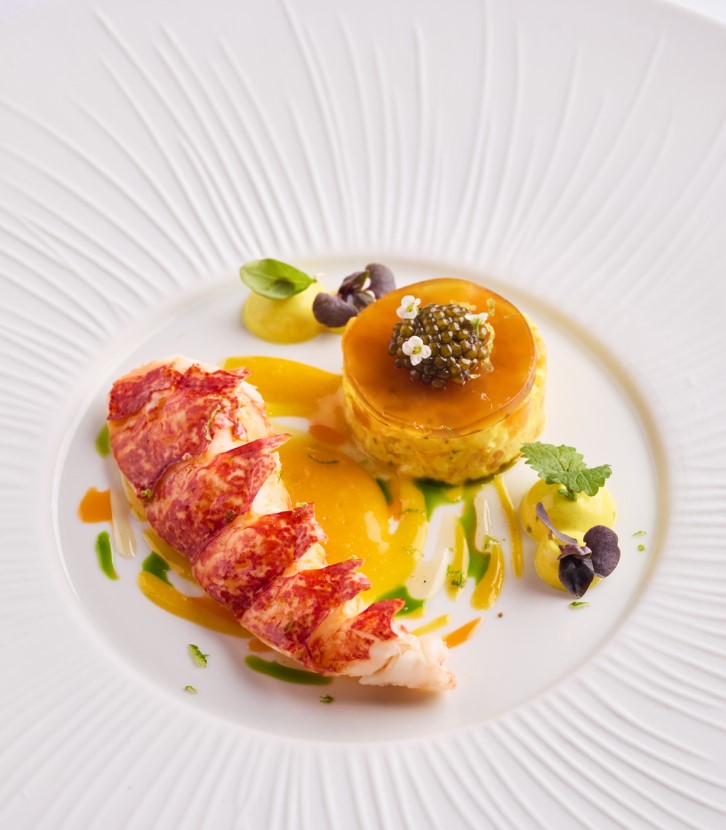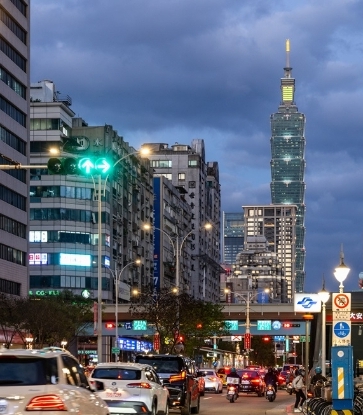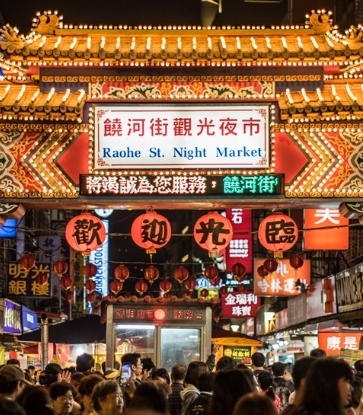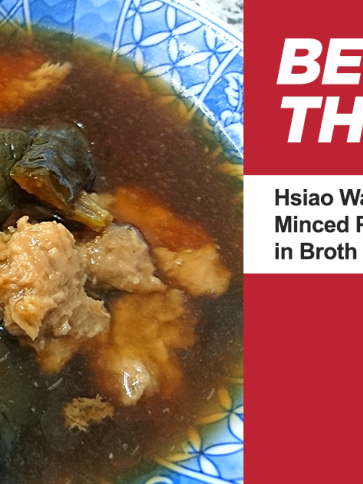Taiwanese wet markets have three unmistakable characteristics: vendors shouting promotional messages from the top of their lungs, a mixed bag of visitors and co-existence with lingerie shops. If your spirit has not caught up with your body in the morning, the market will give you an immediate wake-up call.
Compared to other countries, Taiwanese vendors do not hesitate to make their voices heard: “Three handfuls (of vegetables) for $50! $50! Buy while you can!”
“Come visit, beautiful lady. Here, we sell the lightest umbrellas in the world.” The high-volume sales pitches echo everywhere. Some even design chants specific to what they sell, turning the market into an arena of lively entertainment.
As for marketgoers, they cover all demographics of the population and all walks of life. You will see mothers pushing baby strollers and domestic workers of foreign nationalities negotiating their way among people who are too lazy to get off their vehicles, and instead do their shopping on their bicycles and motorbikes.

Something less expected in produce markets abroad is lingerie shops. But in their Taiwanese counterparts, that is always a fixture, snugged right next to fruit stalls and cooked food shops. Women of all ages stand side by side to find undergarments in their size. More often than not, these shops have a male owner. Sometimes, they make even more money than the female-run outlets.
Traditional wet markets are usually adjacent to a residential area. You can find their location easily from the passers-by. They open early and close by noon. You have to compete with the clock to get a glimpse of this colourful institution.

Certain wet markets are special enough to warrant a spot on the travellers’ agenda. One of them is Nanmen Market in Taipei. It sells food ingredients from everywhere. Shrimp oil used in Fuzhou cuisine, Jinhua cured ham, and tatsoi and dried fish common to Zhejiang cooking are some of the speciality ingredients available there. It is also one of the few markets that open all day.
Some stalls have acquired celebrity status over the years. Yi Chang Yu Fang is one of the most recognisable names, after winning awards at the Taipei Market Festival for five consecutive years. Its most famous items are cooked Zhejiang delicacies like wheat gluten, Dongpo pork and sweet lotus root stuffed with sticky rice.
Established in 1947, Hoshing’s biggest selling point is its freshly made steamed cake (pictured above: Hoshing’s steamed cake, pic: Taipei City Market Administration Office website). Many people also go to Nanmen Market before the Chinese New Year to shop for ingredients to make party dishes. During that time, the vendors would keep the cash they receive in jute sacks instead of depositing it, as banks would send their staff there to count the money.

Kanziding Fish Market in Keelung begins operation during the midnight hours. It is the biggest fish market in Taiwan, assembling catches from near and far in one spot. At around one to two o’clock in the morning, the lorries would arrive with loads of fish stock fresh off the fishing boats. That is the hour when one finds the largest variety of seafood and the prices are the highest. Owners and buyers of Japanese restaurants and high-end seafood joints are the most active at this time in the hunt for the best produce. You can hear auctioneers yelling out prices, conjuring up a fascinating sight for outsiders. As it gets closer to dawn, the majority of the fish is gone and what’s left also becomes cheaper.
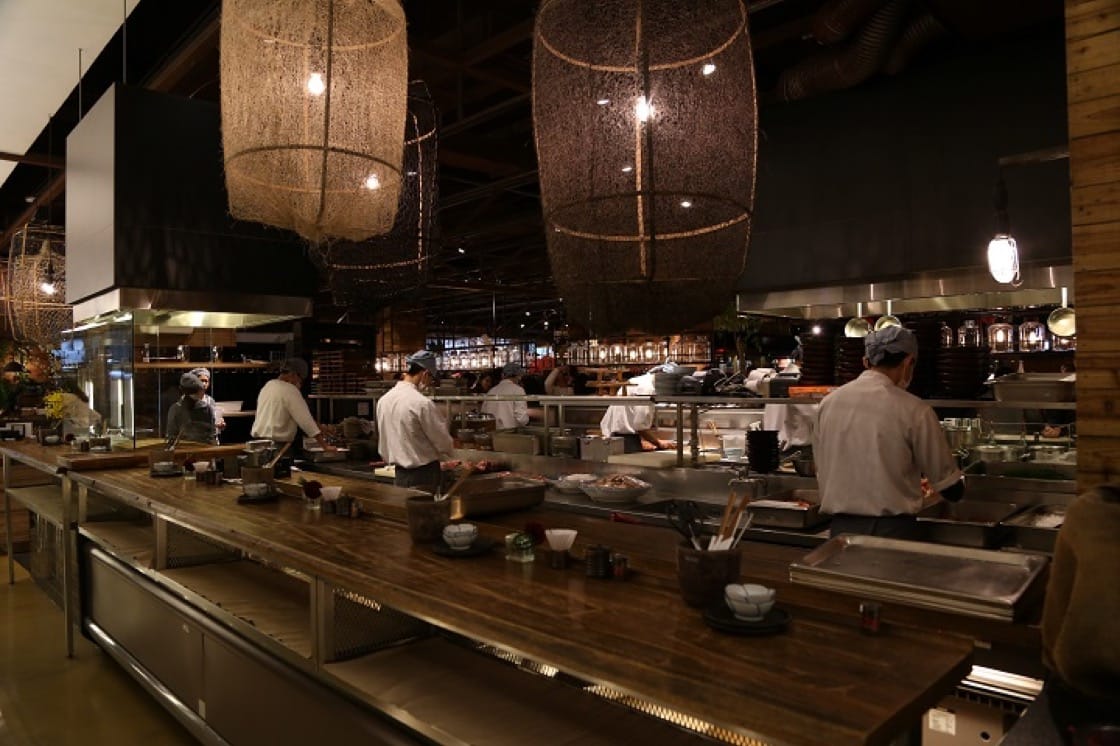
Many chefs get up early to visit the Binjiang Market, where premium food ingredients are sold in Taipei. Other than procurement, the market also functions as an information agency, where chefs socialise with the vendors to gather intel about their competitors’ business situation. A stone’s throw away, Addiction Aquatic Development has emerged as a gastronomic attraction in the last couple of years. It sells different types of fish, crustaceans and shellfish imported from Japan and also offers raw and cooked seafood dishes.
RELATED: 10 Must-Try Delicacies When You're In Taiwan
Banner image: Keelung City Government website





